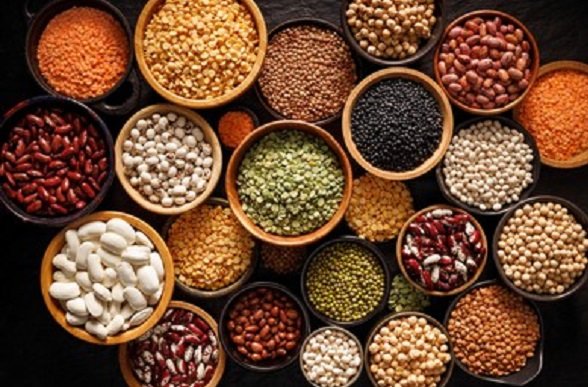Inside BENEO’s new pulse plant: pioneering sustainable protein from faba beans
Food expenditures have notably decreased as a share of household budgets
Indian households have transformed their spending habits over the past 12 years, focusing more on non-food items and less on food, according to a State Bank of India (SBI) analysis.
The report highlights key trends, including a significant decline of over 5 per cent in the consumption of cereals and pulses across both rural and urban areas. This shift reflects evolving preferences driven by economic growth, government policies, and changing lifestyles.
Food expenditures have notably decreased as a share of household budgets. In rural areas, food spending dropped from 52.9 per cent in 2011-12 to 47.04 per cent in 2023-24, a decline of 5.86 percentage points. Urban areas saw a smaller reduction, with the share falling from 42.62 per cent to 39.68 per cent, a decrease of 2.94 percentage points.
In contrast, non-food expenditures have risen. Rural households increased their non-food spending share from 47.1 per cent to 52.96 per cent, a 5.86 percentage point rise. Urban households also saw growth, with non-food spending rising from 57.38 per cent to 60.32 per cent, an increase of 2.94 percentage points.
Spending on hygiene-related products like toiletries has surged, influenced by the Swachh Bharat Abhiyan and growing awareness of cleanliness. Additionally, the share of taxes and cess in household expenses has decreased, likely due to GST rate rationalization. Meanwhile, spending on clothing and footwear has declined, attributed to reduced GST rates under the reformed taxation system.
This shift from food to non-food expenditures signals India’s changing socio-economic landscape. Higher incomes, improved living standards, and government initiatives promoting hygiene and affordable taxation have reshaped consumer priorities, particularly in rural areas. The trends reflect the dynamic nature of India’s consumption behaviour, aligning with global patterns.

